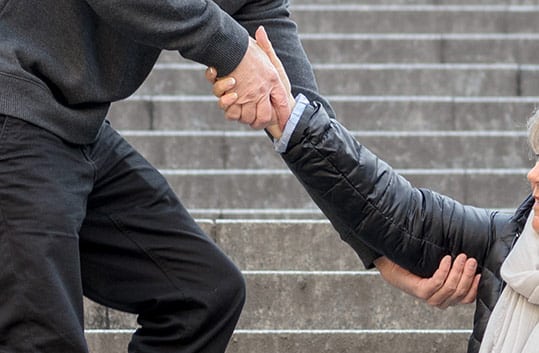 When drowning is depicted in movies or on TV, it’s always dramatic. The victim cries out for help, splashes, waves his or her arms around. That’s what experts call “aquatic distress.”
When drowning is depicted in movies or on TV, it’s always dramatic. The victim cries out for help, splashes, waves his or her arms around. That’s what experts call “aquatic distress.”
The reality of actual drowning is very different. Drowning people aren’t just stifled by the water – but by the body’s physiological response to the crisis of drowning. The struggle to stay alive, to conserve oxygen and keep the head above water, traps drowning victims in a body that may not be able to spare the energy for calling out or splashing. Close to the final stages, drowning is often nearly silent.
I came across this terrifying information in a very well-written and chilling blog post, “Drowning Doesn’t Look Like Drowning,” on the gCaptain site for maritime professionals. The post starts off with a short scenario: A boat captain saving the life of a little girl silently drowning only a few feet from her laughing, splashing parents.
Just recently, here in the Twin Tiers we had a number of drowning deaths. I wrote about them in the post, “NY Injury Lawyer Warns of Dangers of River Swimming.” I started the post to write about Elmira’s Fire Chief’s warnings to people considering swimming in the Chemung River – by the time I was done writing it, I had come across two stories of river drownings in New York State, “Girl Drowns in Susquehanna River,” and “Name of Northern N.Y. Drowning Victim Released” One victim was a 16-year-old girl, the other a 74-year-old man.
The involuntary reactions that cause drowning to be a quiet struggle are founded in the body’s uncontrollable instinct to survive. Here’s how Dr. Francesco Pia explained the phenomenon of the Instinctive Drowning Response in Mario Vittone’s post:
1. Except in rare circumstances, drowning people are physiologically unable to call out for help. The respiratory system was designed for breathing. Speech is the secondary or overlaid function. Breathing must be fulfilled, before speech occurs.
2. Drowning people’s mouths alternately sink below and reappear above the surface of the water. The mouths of drowning people are not above the surface of the water long enough for them to exhale, inhale, and call out for help. When the drowning people’s mouths are above the surface, they exhale and inhale quickly as their mouths start to sink below the surface of the water.
3. Drowning people cannot wave for help. Nature instinctively forces them to extend their arms laterally and press down on the water’s surface. Pressing down on the surface of the water permits drowning people to leverage their bodies so they can lift their mouths out of the water to breathe.
4. Throughout the Instinctive Drowning Response, drowning people cannot voluntarily control their arm movements. Physiologically, drowning people who are struggling on the surface of the water cannot stop drowning and perform voluntary movements such as waving for help, moving toward a rescuer, or reaching out for a piece of rescue equipment.
5. From beginning to end of the Instinctive Drowning Response people’s bodies remain upright in the water, with no evidence of a supporting kick. Unless rescued by a trained lifeguard, these drowning people can only struggle on the surface of the water from 20 to 60 seconds before submersion occurs.
(Source: Coast Guard’s On Scene Magazine: Fall 2006)
The moral of this post is don’t expect a drowning to look like it does in the movies. Be aware of swimmers who go quiet. Check and ask if they are OK – if they can answer they probably are. But pay particular attention around children. Play time in the water is loud and full of splashing and shouting. A real drowning is quiet. If your child should go quiet while swimming, find out why and find out now!
Thanks for reading and stay safe this summer.
______________________________
ZiffLaw Attorney, Esq.
NY and PA Personal Injury and Malpractice Attorney
The Ziff Law Firm, LLP
303 William Street
Elmira, NY 14901
Phone: (607)733-8866
Fax: (607)732-6062
Email: info@zifflaw.com
www.zifflaw.com
Visit the NY Biker Law Blog for legal information and other fun stuff for bikers!


